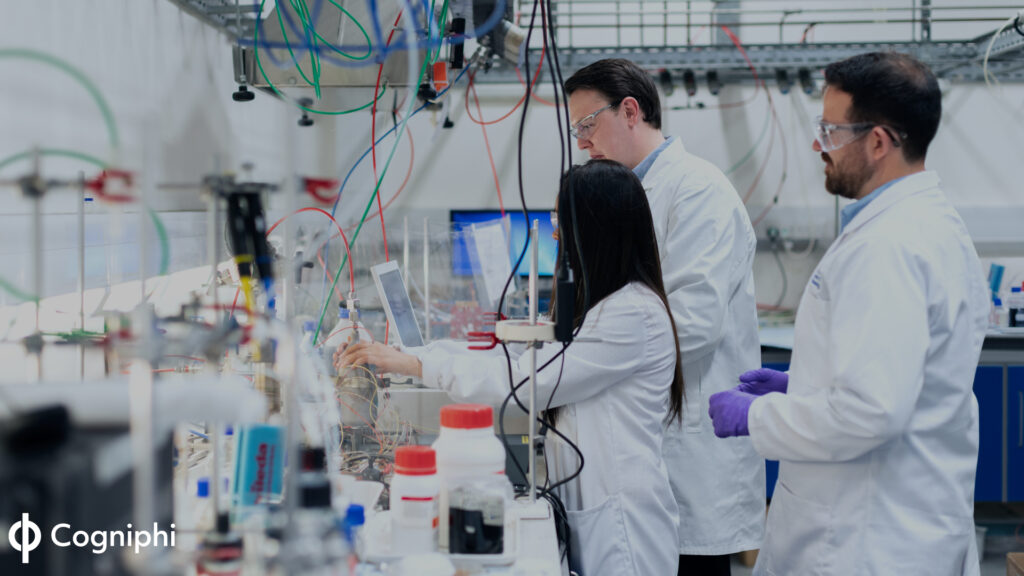52-year-old Rakesh Singh walks into a primary health care center in rural Rajasthan with what seems to be a suspected case of Tuberculosis. After hours of waiting in line, his sputum sample is collected and sent to a lab for a sputum smear microscopy. Days go by but Rakesh’s results turn out to be inconclusive, and his diagnosis and line of treatment are subsequently incorrect. Although Rakesh’s case is fictional, the reality of TB in India isn’t. According to the WHO, India recorded about 2.69 million cases of TB in 2018 and the country’s caseload is the highest in the world.
What if there was a way to make TB diagnosis better, faster and error-free? What if there was a way to fine tune the process of sputum smear microscopies? Here is where Artificial Intelligence (AI) and Automated Pathogen Detection hold some answers.
Automated pathogen detection might sound like futuristic words out of a medical lexicon, but thanks to advances in AI, it is fast becoming a reality in laboratories across the world. In essence, Automated Pathogen Detection is a process that combines the power of AI and automation to help test samples of human tissue, sputum etc. in a faster and more accurate manner by eliminating the need for manual human labour. Take for example the process of a Sputum Smear Microscopy (SSM), which is still the primary method for diagnosis of pulmonary tuberculosis in developing countries like India. For an SSM, sputum collected from a patient’s lung is placed on a slide and stained to highlight the bacteria which are then counted by hand. The process of counting thousands of tiny strains is extremely tedious, manual, and time-consuming.

Automated pathogen detection that is aided by advanced artificial intelligence offers a revolutionary solution to this. Vision-enabled AI software can help analyze microscope output that is fed from digital cameras as video. The video is then converted into a series of images and the bacterial load is identified and counted from these images. Aided by AI neural networks and a workflow that is augmented by vision intelligence, the possibility of human error is completely weeded out and samples can be tested 24×7 at a much faster rate. Tuberculosis is just one of the myriad examples; AI-augmented workflow is now also beginning to play a pivotal role in cancer diagnoses wherein tissue biopsy samples can be analyzed more pertinently and effectively, leading to potentially life-saving diagnosis. And in the years to come, AI-aided workflow will find more applications in diagnostic pathology.
One of the main reasons why technologies like Automated Pathogen Detection are finding a stronger foothold in medicine is because they help tackle the decades-long challenges posed by traditional pathology. Medical professionals have been sounding the alarm about scarcity of pathologists and the issues with physical storage of slides in diagnostic pathology for many years now. India, for example, has a load of nearly 40 million sputum samples that are collected annually, and the volume is only set to increase year-on-year. Proliferation of AI-based technology could mean that images of slides don’t need to be physically stored and instead, they can then be digitally archived and even printed in a report. AI-augmented workflow is also largely operator-independent and requires very little human intervention. This could mean that low and middle income countries like India that have a shortage of skilled pathologists need not lose out on high quality and accurate diagnosis. AI-augmented workflow that is empowered by vision intelligence has the potential to address these and a host of other challenges in medicine.
Apart from being a game changer in diagnostic medicine, Automated Pathogen Detection is also the perfect embodiment of the promises that new-age tech, AI, and automation hold. In an article developed by the World Economic Forum, it was envisioned that in the Fifth Industrial Revolution, humans and machines will dance together! This of course is metaphorical, but it perfectly encapsulates the essence of technology such as Automated Pathogen Detection that is not meant to replace pathologists but instead support them and help them make rapid and accurate decisions that can save lives.







